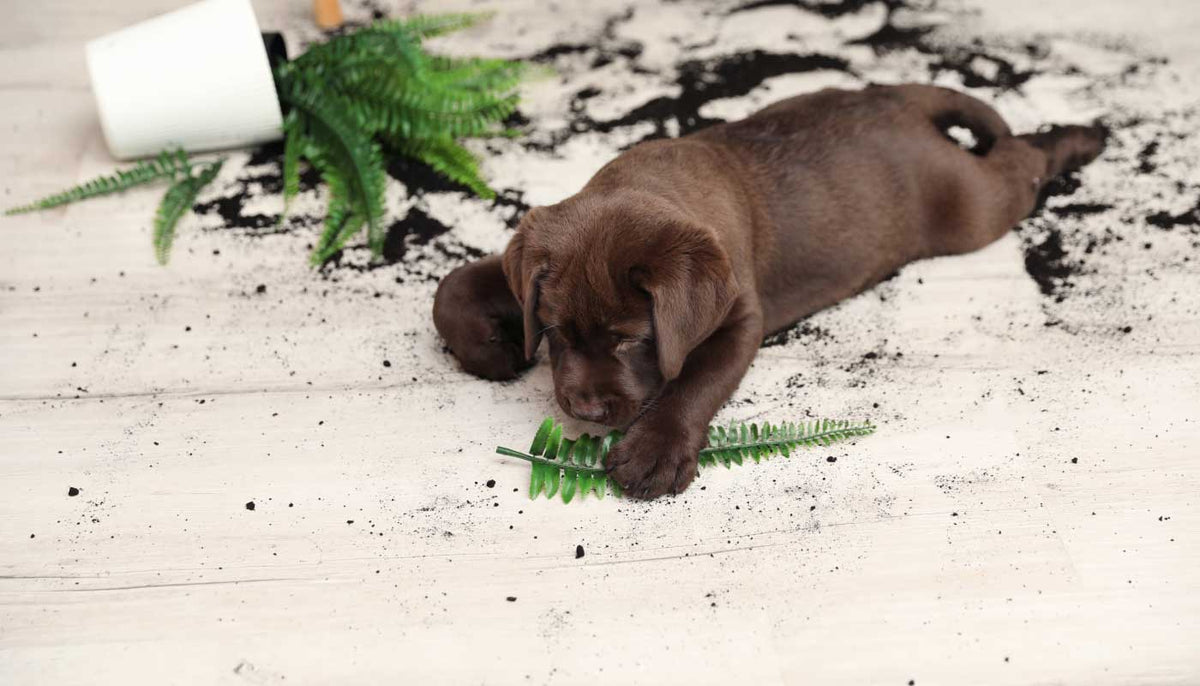
How to Remove Scratches and Dents from Hardwood Flooring
|
|
Time to read 3 min
|
|
Time to read 3 min
The last thing owners of hardwood floors want to see are scratches and dents in their beautiful floors. However, scratches and dents in your hardwood floors are often hard to avoid. With even the most carefully protected floors, scratches and dents are bound to happen from time to time.
Scratches are generally removed by filling in the scratch or sanding the wood floor down to remove the scratch. To remove light scratches, you’ll need mineral spirits and a fine steel wool pad. Rub with the grain along the length of the scratch. Rubbing against the grain can cause more scratches that you will have to fix later on. Once you can no longer see the scratch and the wood is smooth, follow by rubbing with mineral spirits.
There are also many wood floor repair kits that you can purchase that contain touch up markers and sticks in multiple stain and finish colors. These kits are available at most hardware stores or available through the hardwood floor manufacturer. If you don’t want to purchase a complete repair kit, you can also purchase individual floor markers in the shade you need to match the stain or finish on the floor.
Some scratches, though, are more difficult to deal with and require some additional work. For deep scratches or gouges in your hardwood floor, you’ll need some additional materials. Allow about 24 hours to complete the removal process. Begin by using lightweight sandpaper to sand along the grain; taking care not to sand too hard. You want to sand the area until the wood is smooth. Once you’ve completed sanding, fill the scratch with wood filler. Don’t be tempted to use wood putty. The putty may not take to the color of the stain well and show up lighter on the surface of the floor. Wood filler comes in many colors and is generally easier to match to the color of the hardwood floor.
When filling the scratched area of the floor, it’s perfectly acceptable to overfill the scratch crevice. After the wood filler has dried, sand the wood filler down until it is smooth with the rest of the floor. Finally, you are able to refinish the board to match the rest of the floor.
During the removal process, don’t forget to vacuum after each sanding, so that when you fill the scratch and refinish the floor, you aren’t including any dust from the sanding. Failure to vacuum or clean between sandings can result in a gritty feeling finish.
Removing dents from hardwood floors is a different process from removing scratches. Many dents can be removed by using a combination of heat and moisture to raise the wood back to its original form. Dents happen when something heavy or blunt strikes the wood hard, such as a baseball, or even dishes that are dropped and broken.
Inspect the dent carefully to be sure that no wood is missing. If you’re sure that there is no missing or splintered wood in the dent, you can start steaming the wood to swell it back into place or you can place a dampened towel over the dent to raise the wood or combine placing a damp towel on the dent and alternate with a hot iron. After the wood has been raised, be sure to sand it in order to smooth it into place with the surrounding boards.
However, even with a heat and moisture method such as steaming, or applying a damp towel to the dent, there is no guarantee that it will work. If the dent is too deep, it may be necessary to fill the dent with an epoxy, wood inlay, or lacquer lay-in. If removing the dent is not an option, you may need to replace the dented piece of flooring with a new board, then sand and refinish to match the floor.
Scratched and dented hardwood floors can take away from the appearance of what would otherwise be a beautiful floor. As durable as hardwood floors are, accidents still happen from time to time, and it’s important to take care of even the most minor accidents in order to preserve the look and longevity of the hardwood floor.